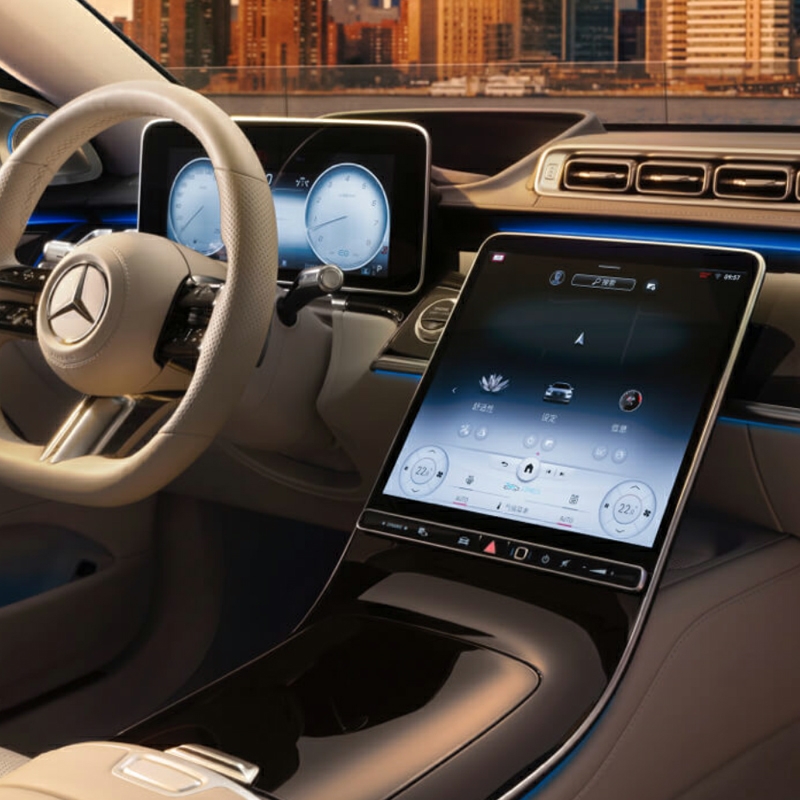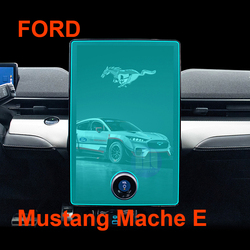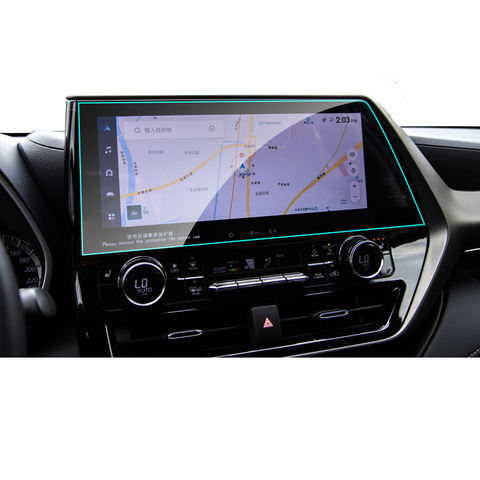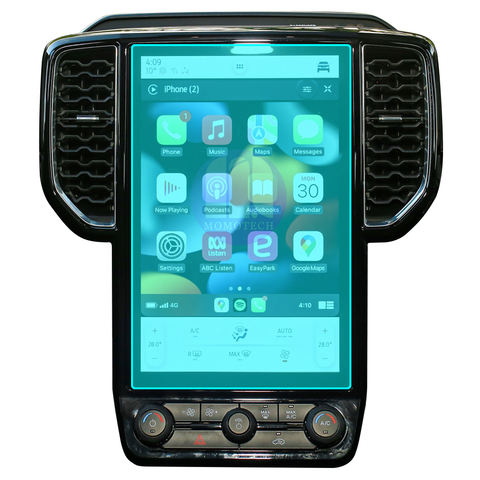
Do Screen Protectors Prevent Cracking?
Table des matières
Résumé
While it may not be a foolproof solution against all types of damage, it provides an essential layer of defense against everyday hazards. By choosing the right type of protector and applying it correctly, you can significantly reduce the risk of screen damage.
Principaux enseignements :
- Protecteurs d'écran provide essential protection against scratches and minor impacts.
- Verre trempé protectors offer superior durability and clarity compared to plastic.
- Proper application is crucial for maintaining touch sensitivity and screen clarity.
- Regularly inspect and replace your screen protector to ensure optimal protection.
By understanding the benefits and limitations of screen protectors, you can make an informed decision that best suits your needs and lifestyle.
Qu'est-ce qu'un protecteur d'écran ?
A protecteur d'écran is a thin layer of material that adheres to the screen of your device. Its primary purpose is to protect the screen from scratches, smudges, and cracks. Screen protectors are made from various materials, including tempered glass and plastic, each offering different levels of protection.Screen protectors are essential for maintaining the longevity of your device. They act as a barrier against everyday wear and tear, ensuring that your phone screen remains pristine. By investing in a screen protector, you can avoid the hassle and expense of replacing a cracked screen.How Do Screen Protectors Work?
Screen protectors work by absorbing the impact that would otherwise directly hit your phone screen. When you drop your phone, the screen protector takes the brunt of the force, reducing the likelihood of a crack. This is particularly true for tempered glass screen protectors, which are designed to shatter upon impact, thereby protecting the actual screen beneath.The effectiveness of a screen protector largely depends on its material and thickness. Tempered glass protectors, for instance, are known for their durability and ability to withstand significant impact. They are crafted through a process of extreme heating and rapid cooling, which makes them much stronger than regular glass.Can Screen Protectors Prevent Cracking?
The million-dollar question: Can screen protectors really prevent cracking? The answer is both yes and no. While screen protectors can significantly reduce the risk of cracks, they are not foolproof. A screen protector can absorb minor impacts and prevent scratches, but it may not withstand a severe drop or a sharp object.However, using a screen protector is still a wise choice. It provides an additional layer of defense, which can be the difference between a minor scratch and a costly screen replacement. For optimal protection, pairing a screen protector with a sturdy phone case is recommended.
Types of Screen Protectors: Which One is Best?
There are several types of screen protectors available, each with its own set of advantages and disadvantages. The most common types include:- Verre trempé: Offers superior protection and clarity. It is thicker and more durable than other types.
- Plastic (PET or TPU): More affordable and flexible, but less durable than tempered glass.
- Protecteurs d'écran liquides: A newer option that involves applying a liquid solution to the screen, which hardens to form a protective layer.
Tempered Glass vs. Plastic Screen Protectors
When it comes to choosing between tempered glass and plastic screen protectors, there are several factors to consider. Verre trempé protectors are known for their strength and ability to resist scratches and cracks. They provide a smooth, glass-like feel that closely mimics the original screen.On the other hand, plastic screen protectors are thinner and more flexible. They are less likely to shatter upon impact but offer less protection against severe drops. Plastic protectors are also more prone to scratches and may not provide the same level of clarity as tempered glass.Ultimately, the choice between tempered glass and plastic depends on your priorities. If you value protection and a premium feel, tempered glass is the way to go. For those seeking a budget-friendly option, plastic protectors are a viable alternative.
Do Screen Protectors Affect Touch Sensitivity?
A common concern among smartphone users is whether screen protectors affect touch sensitivity. The good news is that most high-quality screen protectors, especially tempered glass ones, do not interfere with touch responsiveness. They are designed to be thin enough to maintain the screen’s sensitivity while providing adequate protection.However, lower-quality protectors, particularly thicker plastic ones, may slightly reduce touch sensitivity. To ensure optimal performance, it’s important to choose a reputable brand and follow the installation instructions carefully.How to Properly Apply a Screen Protector
Applying a screen protector can be a daunting task, but with the right technique, it can be done smoothly. Here are some steps to ensure a perfect application:- Nettoyer l'écran: Use a microfiber cloth and cleaning solution to remove any dust or fingerprints.
- Aligner le protecteur: Carefully align the protector with the edges of the screen before applying.
- Appliquer le protecteur: Gently place the protector on the screen, starting from one edge and smoothing it out to avoid bubbles.
- Supprimer les bulles: Use a credit card or similar object to push out any air bubbles.
Common Myths About Screen Protectors
There are several myths surrounding screen protectors that can lead to confusion. Let’s debunk some of the most common ones:- Myth 1: Screen protectors are unnecessary if you have a case. While a case provides protection for the phone’s body, a screen protector specifically guards against screen damage.
- Myth 2: All screen protectors are the same. As discussed earlier, there are significant differences in materials and quality.
- Myth 3: Screen protectors reduce screen clarity. High-quality protectors are designed to be virtually invisible and do not affect the screen’s clarity.
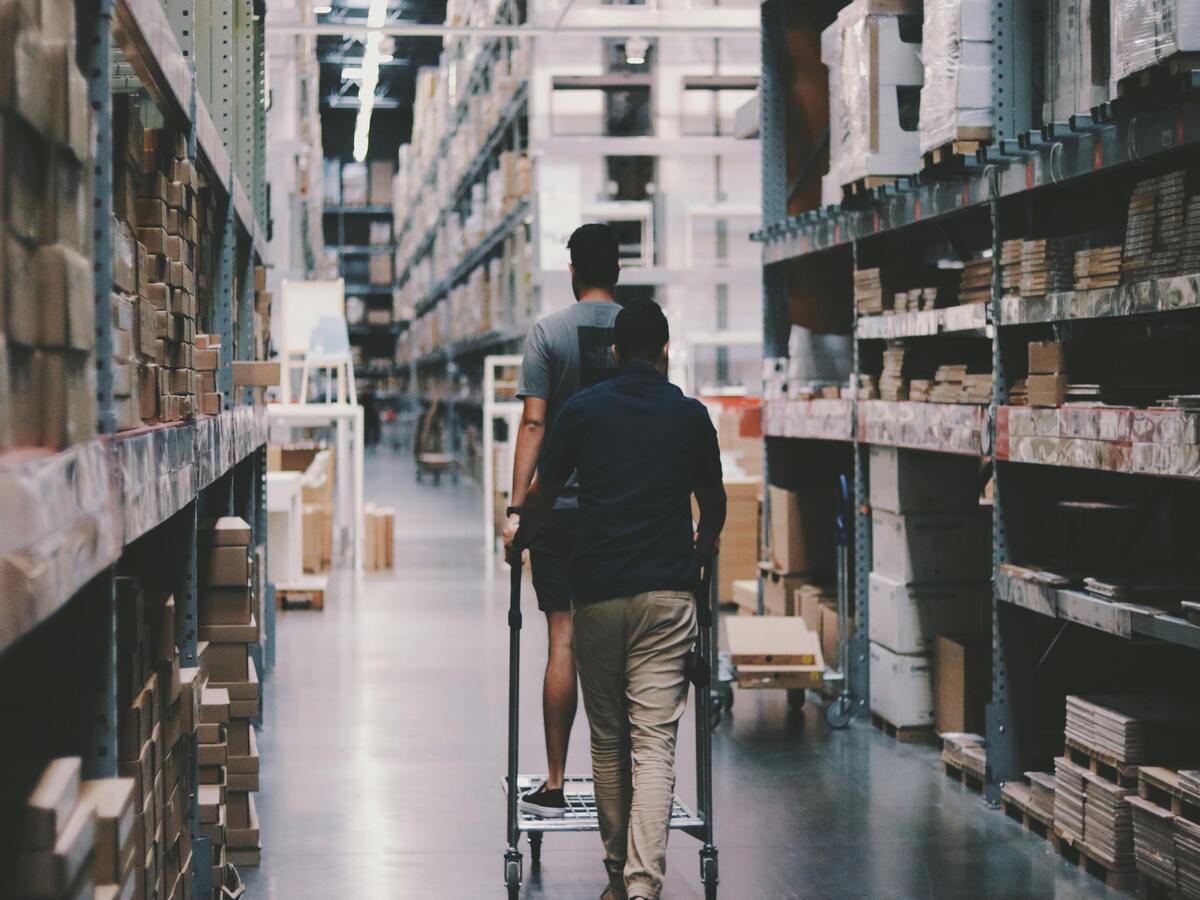
When Should You Replace Your Screen Protector?
Screen protectors are not indestructible and will eventually need to be replaced. Here are some signs that it’s time for a new one:- Visible Cracks or Chips: If the protector is cracked, it can no longer provide adequate protection.
- Loss of Adhesion: If the protector is peeling or not sticking properly, it should be replaced.
- Scratches or Wear: Over time, protectors can accumulate scratches that affect visibility.
Commentaires
Tags
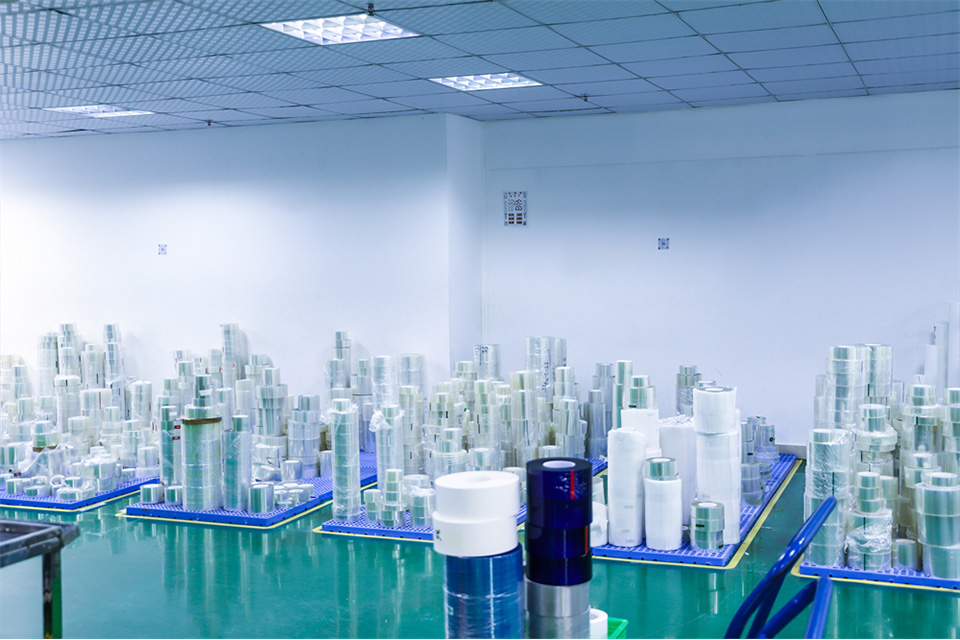
Comment installer un protecteur d'écran pour iPhone : Guide étape par étape
L'application d'une protection d'écran sur votre iPhone est essentielle pour maintenir son état impeccable et le protéger des rayures et des fissures. Cet article vous guidera tout au long du processus d'installation d'un protecteur d'écran en verre trempé. Il est essentiel que la face adhésive de votre protecteur d'écran en verre trempé soit bien collée pour que vous puissiez l'installer correctement. Que vous soyez un utilisateur novice ou que vous cherchiez à améliorer votre technique, ce guide vaut la peine d'être lu pour ses conseils pratiques.
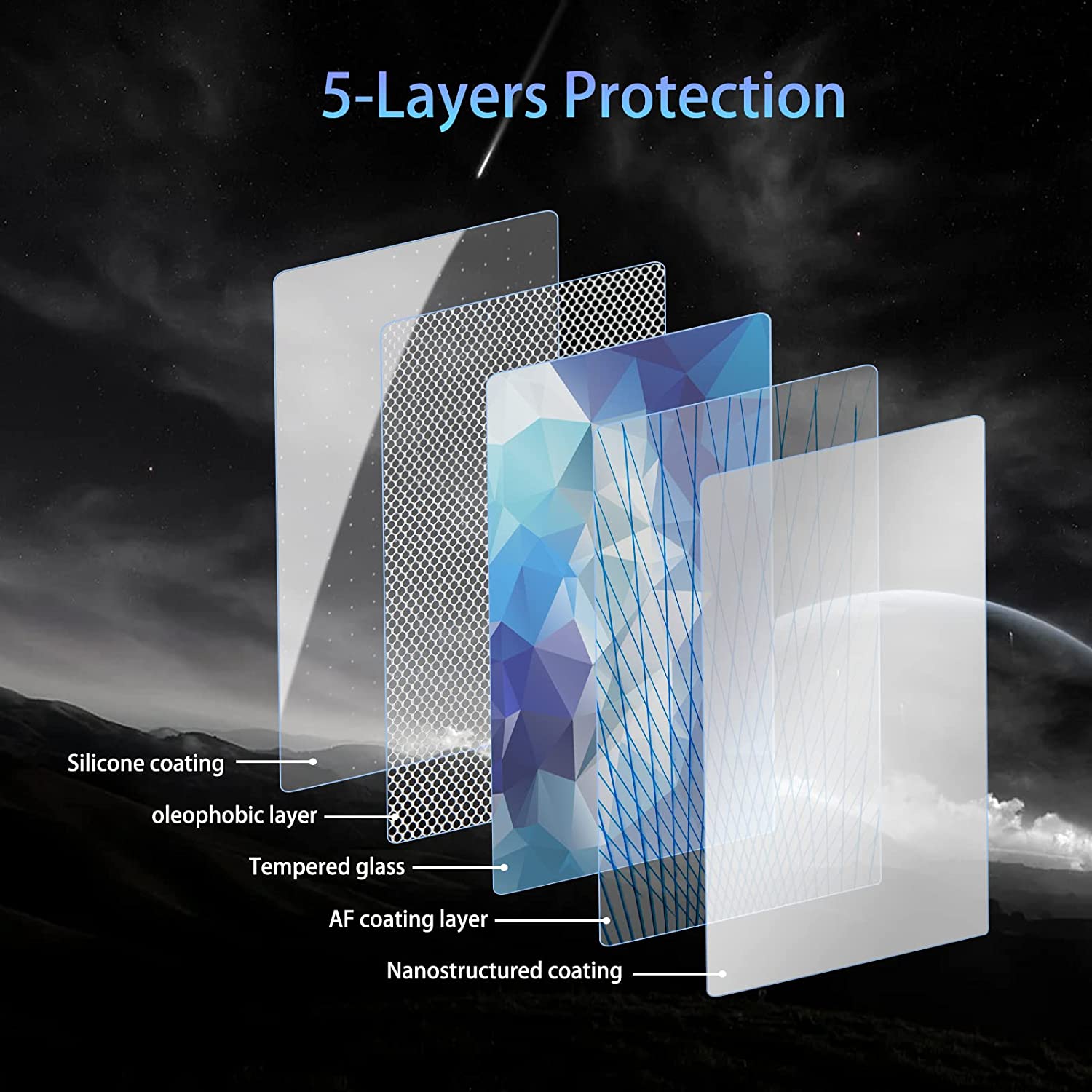
Land Rover Range Rover Navigation GPS Tempered Glass
Get the best Range Rover Tempered Glass screen protector. Ultra-clear and designed to maintain the touch sensitivity of your navigation display.
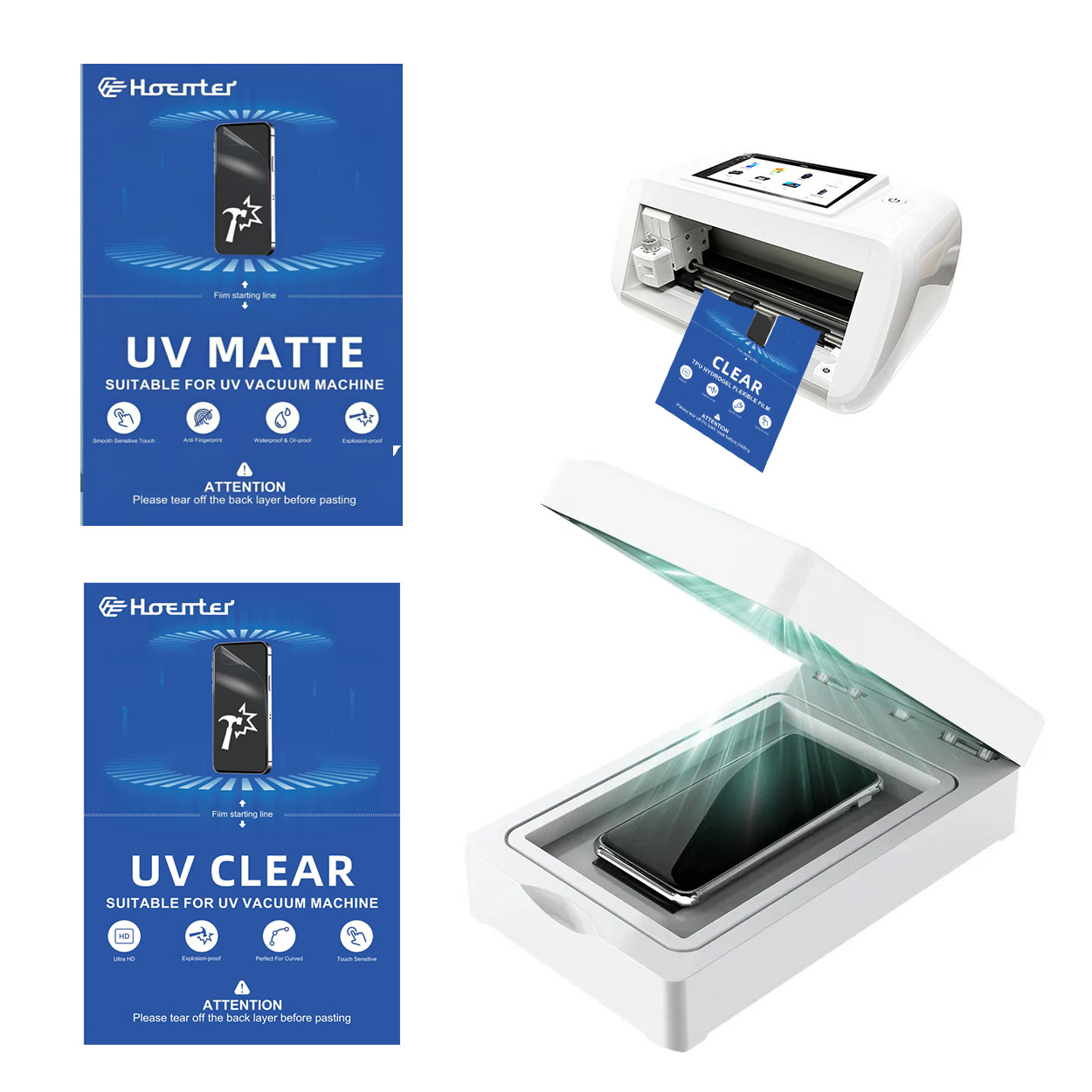
Protecteur d'écran UV
En résumé, alors que le verre trempé offre une protection de base, les protections d'écran UV se distinguent par une sécurité oculaire complète, une clarté supérieure, des propriétés d'auto-guérison et un design élégant. Choisissez un protecteur d'écran UV pour bénéficier d'une protection ultime qui améliore votre appareil et votre expérience visuelle !
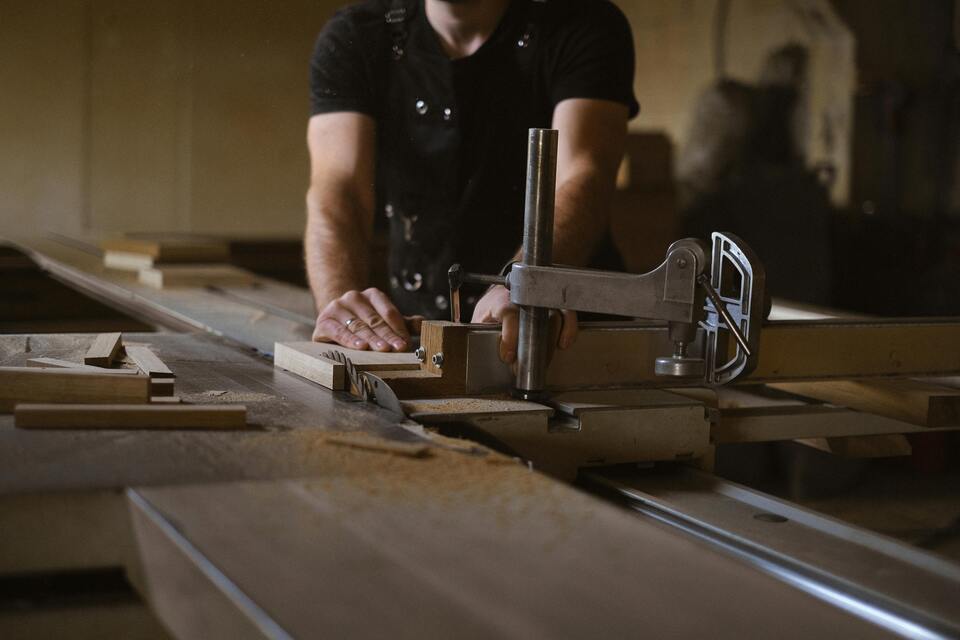
How Much Is It to Repair a Phone Screen?
By understanding the costs and options available, you can make an informed decision about repairing your phone screen.
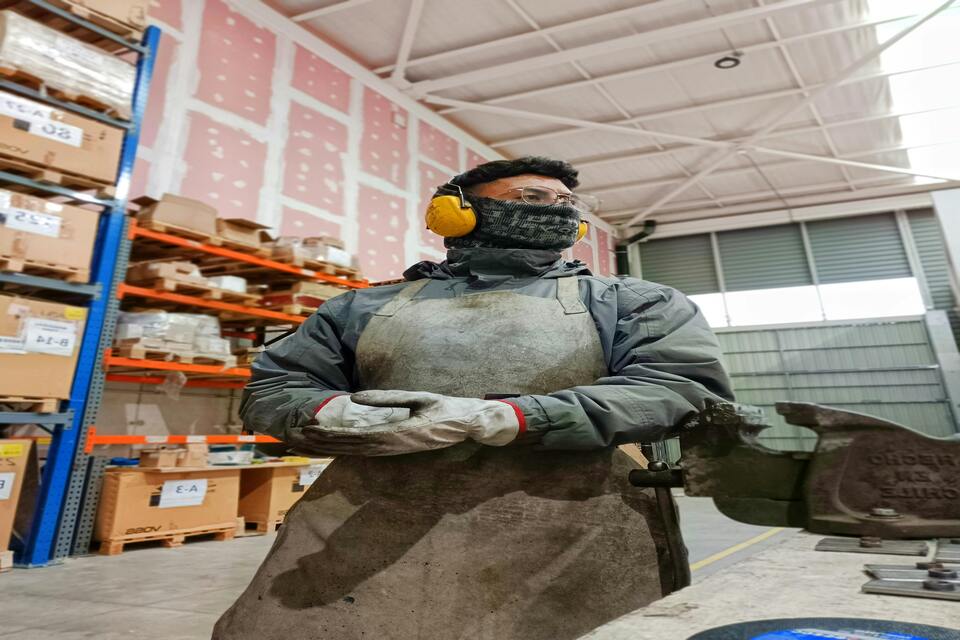
Benefits of Hydrogel Screen Protector
Choosing the right screen protector depends on your needs and preferences.
Découvrez toutes les connaissances et tendances de notre blog, obtenez le prix de gros et la meilleure qualité de notre usine.

Quelles sont les machines de découpe de films et leurs applications ?
Les machines de découpe de films ont joué un rôle crucial dans l'évolution de la production cinématographique et de divers processus industriels en permettant une découpe et une jonction précises des matériaux cinématographiques.

Qu'est-ce qu'une machine à découper les protections d'écran ?
Une machine à découper les protections d'écran est un appareil spécialisé conçu pour produire des protections d'écran sur mesure pour divers appareils électroniques, notamment les smartphones, les tablettes, les smartwatches, les ordinateurs portables et les moniteurs.

Comment fonctionne la machine à découper les protections d'écran de téléphone portable?
Une machine à découper les protections d'écran de téléphone portable est un appareil sophistiqué conçu pour
produire des protections d'écran personnalisées pour divers appareils numériques avec un haut degré de précision.
et l'efficacité.

Caractéristiques du verre trempé et du protecteur d'écran TPU pour téléphones portables
Les protections d'écran en polyuréthane thermoplastique (TPU) sont flexibles, durables et
films plastiques auto-cicatrisants conçus pour protéger les écrans d'appareils électroniques contre la corrosion.
les rayures, les impacts et autres dommages potentiels.

Révolutionner la protection des appareils grâce à la machine à découper les écrans de protection
Que vous possédiez un smartphone, une tablette ou une smartwatch, cette machine polyvalente s'adapte à un large éventail d'appareils. Il s'adapte parfaitement aux dimensions de votre gadget, offrant un ajustement personnalisé que les protecteurs génériques ne peuvent égaler.

Garantie à vie du protecteur d'écran
La garantie à vie d'un protecteur d'écran est une garantie fournie par les fabricants.
s'engage à réparer ou à remplacer un protecteur d'écran pendant toute la durée de vie du produit, selon des conditions spécifiques.

